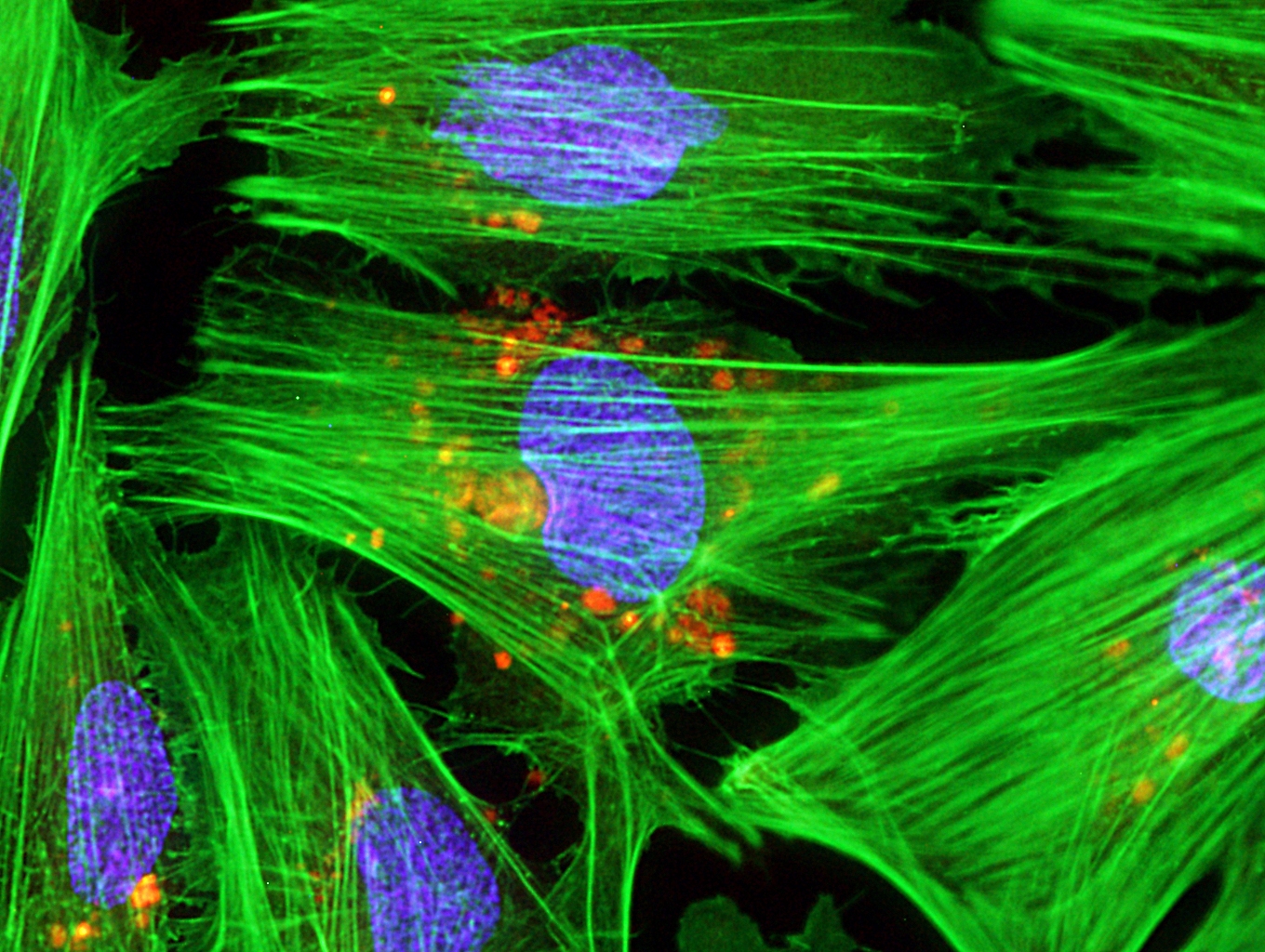Key mechanism of heart development and function

Compilation
Teams Research Institute of Rare Diseases of the Carlos III Institute of Health (ISCIII) and other Spanish research centers have published in Natural communications which was identified in an animal model Dhx36 protein as the most important regulator of the development and functioning of the heart.
The study represents important progress in understanding the mechanisms regulating the cardiac conduction system. According to one of the scientists, researcher ISCIII Rare Disease Research Institute, Pablo Gomez del Arco““The Dhx36 protein modulates gene networks that control cardiomyocyte differentiation by resolving G-quadruplex structures in the promoters of key cardiac conduction system genes.”
“The Dhx36 protein modulates gene networks that control cardiomyocyte differentiation by resolving G-quadruplex structures in the promoters of key cardiac conduction system genes.”
This process is necessary for the formation of specialized cells that form the system that transmits and controls the electrical impulses of the heart. “Mice lacking Dhx36 in their cardiomyocytes, either as embryos or as adults, develop serious heart problems such as dilated cardiomyopathy and a blockage in the transmission of electrical impulses between the chambers of the heart, especially between the atria and ventricles of the heart.“, he notes Pura Muñoz-Canovesfrom the University of Pompeu Fabra (UPF) and Altos Labs.
The article also suggests valuable information about genes and signaling pathways involved in heart cell differentiation and in the development of the system of specialized fibers that make up the Purkinje system, which are critical for synchronizing ventricular contraction.
The article also provides valuable information on genes and signaling pathways involved in cardiac cell differentiation.
Key Protein for Heart Health
Dhx36 is a helicase that dissolves structures called G-quadruplex in RNA and DNA. The researchers removed this protein in mouse cardiomyocytes during embryonic development, which caused the accumulation of unresolved G-quadruplexes in key genes, blocking their transcription and affecting the normal development of cardiac tissue specialized in generating and transmitting the cardiac impulse.
In addition, deletion of Dhx36 in adult cardiomyocytes caused a type of cardiomyopathy characterized by dilation of the heart chambers and the formation of blood clots in the left atrium, suggesting that this protein is essential for maintaining heart health in the postpartum period.
“These results suggest that defects in Dhx36 may be associated with certain heart diseases with associated clinical consequences due to the effect on the electrical activity of the heart.”
“These results suggest that Dhx36 defects may be associated with certain heart diseases with associated clinical consequences due to disruption of the electrical activity of the heart and the development of some forms of dilated cardiomyopathy.“, comments Juan Miguel Redondo from the Center for Molecular Biology of Severo Ochoa.
The researchers conclude that this study ““This represents an important advance in our understanding of how transcriptional regulation influences cardiac function, particularly the development of the specialized cardiac conduction system.” These discoveries could open new directions of research to develop treatments for specific clinical conditions affecting the conduction system of the heart within the pathological range of heart failure.
The study was funded by the foundation Ministry of Science and Innovation through State Investigation AgencyCSIC About the CNIC Foundation And La Marato Foundationand for Cyber Cardiovascular Diseases (Cibercv) ISCIII.
